Top speed 193 km/h Length 6.83 m | Wingspan 9.39 m | |
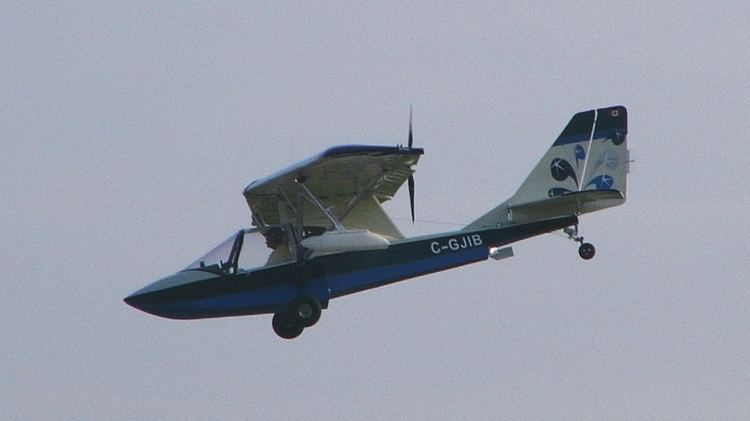 | ||
Flying the progressive aerodyne searey elite amphibious light sport aircraft aintv
The Progressive Aerodyne SeaRey is an American two-seat, single-engine, amphibious flying boat designed and manufactured by Progressive Aerodyne originally in Orlando, Florida, and now in Tavares, Florida. It was first flown in November 1992 and is sold as a kit aircraft for amateur construction as well as a light-sport aircraft.
Contents
- Flying the progressive aerodyne searey elite amphibious light sport aircraft aintv
- Development
- Category eligibility
- Design
- Operational history
- Variants
- Specifications SeaRey with Rotax 912
- References

Development
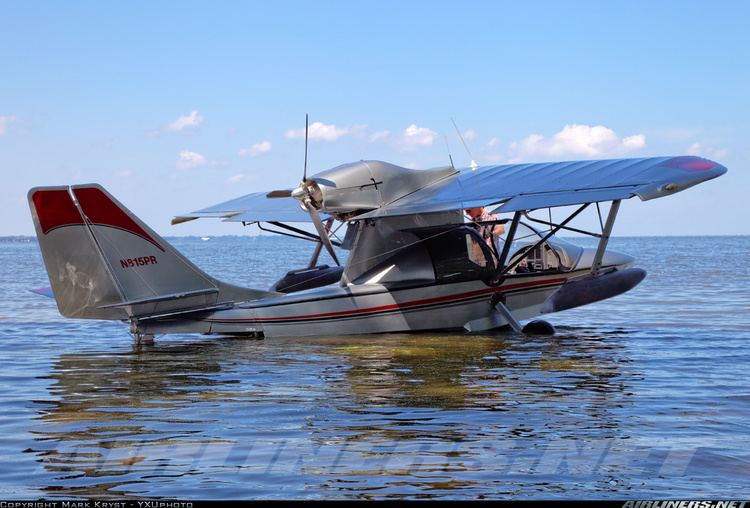
Development of the aircraft that became the SeaRey began in the 1970s with the introduction of the Advanced Aviation Hi-Nuski ultralight. In the early 1980s Stanley Richter, his son Wayne Richter, Wayne's wife Nina Richter and Wayne's son Kerry Richter established Advanced Aviation where they designed and manufactured a number of different designs. The company produced the Buccaneer XA and two place Buccaneer II flying boats for Highcraft AeroMarine, and designed the improved Buccaneer SX. The company was sold in 1992.
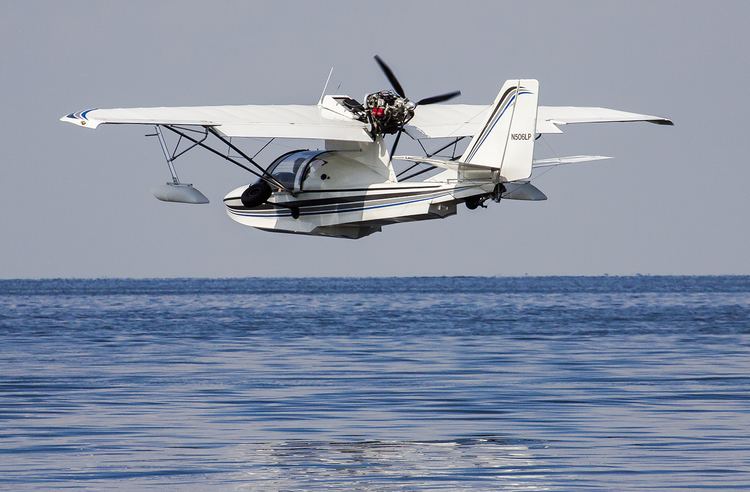
In June 1992, Wayne and Kerry Richter, along with Advanced Aviation employee Paige Lynette, formed a new company, Progressive Aerodyne, where they designed the first SeaRey prototype. The SeaRey had its inaugural flight on 13 November 1992. The performance, including a speed of up to 105 mph (169 km/h) surpassed the design goals.
Between its introduction in 1992 and 2006 over 400 SeaRey kits were delivered to customers.
The latest variant of the Searey is the LSX of the US light-sport aircraft category.
Category eligibility
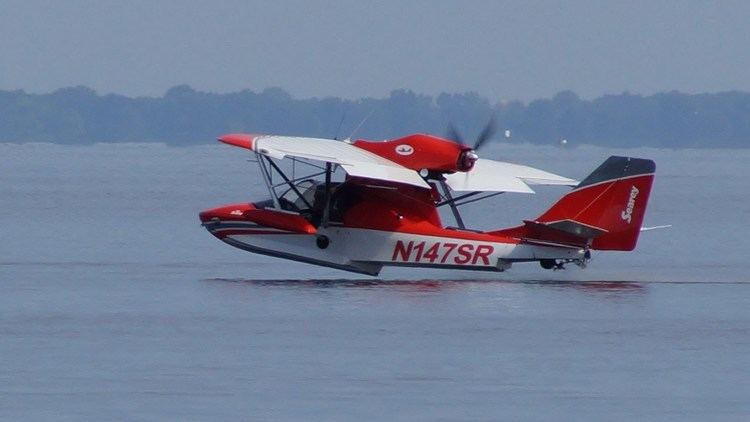
In the United States the SeaRey may be registered either as a light sport aircraft or as an amateur-built experimental.

The Canadian Aviation Regulations allow the SeaRey to be registered either as an amateur built, basic ultralight or as an advanced ultralight aeroplane. The SeaRey 115 is only eligible as an AULA if the carbon fibre hull is used, due to category empty weight limitations.
Design
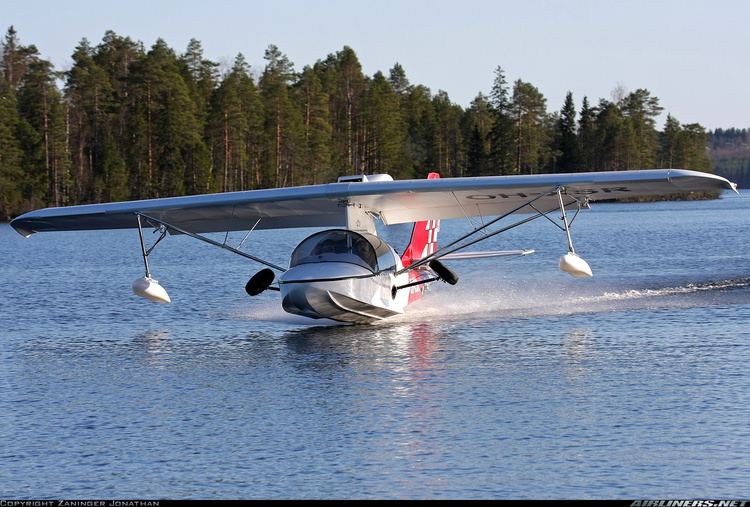
The SeaRey's high wing is tapered and swept back from the leading edge with a straight trailing edge. The wing, nearly 31 ft (10 m) in span, is strut-braced and covered with aircraft fabric.
Designed to be amphibious, the SeaRey has a semi-monocoque hull similar to that of a boat. The hull, nose deck, and "turtle" deck (the element which forms the top surface behind the canopy) are riveted together. In the basic configuration, these pieces are made of fiberglass; carbon graphite hull components are available at extra cost and reduce overall weight by about 70 pounds (32 kg). The wings feature rotocast plastic floats mounted on aluminum struts.
There is only one model of the SeaRey but different hull designs of increasing strength have developed over the years, designated as "A," "B" and "C" hulls. The latest "C" hull is available in either carbon fiber or fiberglass.
The windshield and the sliding canopies on either side are made of Lexan. The canopies are track-mounted, can be opened in flight and can also be locked closed on the ground.
The SeaRey's single engine is mounted above the wing, and drives a single rear-facing pusher propeller. The SeaRey can be equipped with the 64 hp (48 kW) Rotax 582, 80 hp (60 kW) Rotax 912, 100 hp (75 kW) Rotax 912S or the Rotax 914 turbocharged engine which produces 115 hp (86 kW).
The SeaRey's landing gear consists of two main retractable wheels and a tailwheel in conventional landing gear configuration. Originally the landing gear was retracted for water operations by means of a mechanical Johnson-bar lever that raises or lowers all three wheels simultaneously. More recent retraction options include: manual, hydraulic or electric. The electric actuator is the newest and most popular, but the manual is the lightest.
According to the factory construction time for an experienced builder to complete a SeaRey is about 400 hours, with 600 hours typical for a first time builder.
Operational history
In 2015, over the course of seven months, pilot Michael Smith flew around the world in a Searey, setting a record as the first person to fly a solo circumnavigation of the globe in a single engine flying boat.
Variants
Specifications (SeaRey with Rotax 912)
Data from SeaRey.aero
General characteristics
Performance
